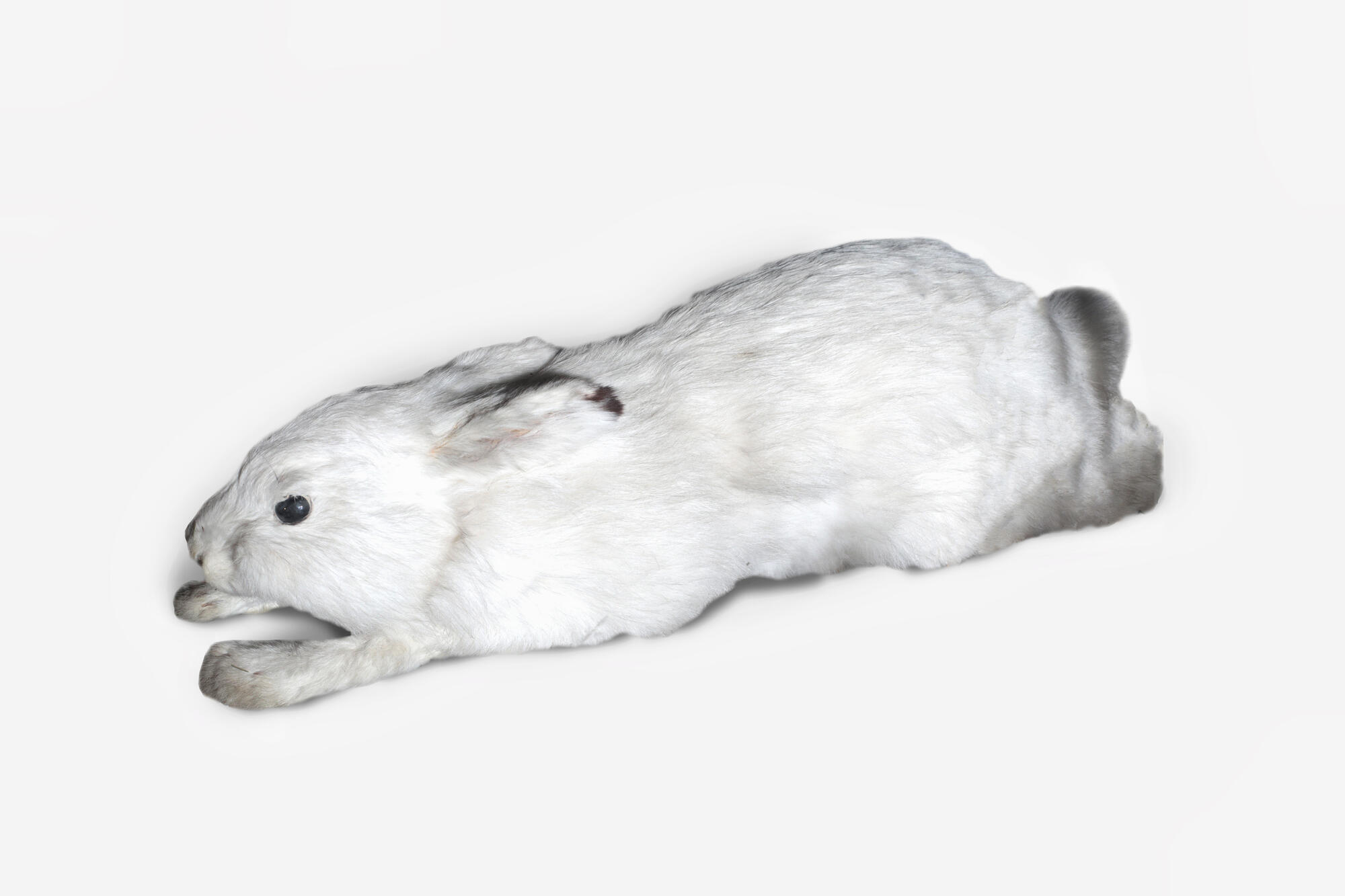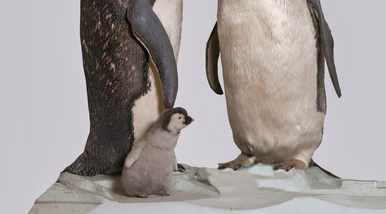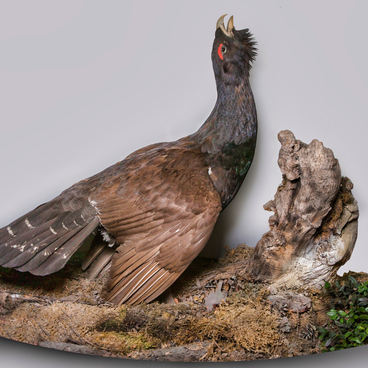The white hare lives in the north of Eurasia: in the European part of Russia, in Western and Eastern Siberia, in Yakutia, and the Far East. The body length of adult hares can vary from 45 to 60 centimeters, weight — from one and a half to five kilograms.
Seasonal dimorphism is characteristic of the white hare — this is the name given to two forms of the same feature that manifest themselves at different times of the year. The summer fur of the white hare can be of different shades, from reddish to dark gray with a brownish tint. And in winter, the animal’s fur coat turns white, only the tips of the ears remain black.
The white hare lives in many natural zones of the north of Eurasia — from the forest-steppe to the tundra. Depending on the territory, the timing of hare molting varies, since a stable snow cover is formed earlier in one area, and later in another.
Recently, there has been little snow in the European part of Russia in autumn and winter. Warm autumn can last until November, and due to the air temperature, the barely fallen snow melts quickly. The hare presented in the museum’s exposition turned white at the wrong time: the snow has not yet fallen, and yellow fallen leaves, snags darkened by autumn dampness, and young green spruce trees, surround it.
Seasonal molting in animals is regulated by thyroid hormones, which are released in response to an external stimulus. Cold and white visual backgrounds play a secondary role in this process, and the main signal for molting is a decrease in the length of daylight. The weather on the same day of different years can differ significantly, while the length of the day, the time of sunrise and sunset are always constant.
Closer to winter, the day becomes shorter, and from a certain moment the gray, red, and brown hairs of the hare begin to fall out, and instead of them, a thick white coat grows. The temperature, the presence or absence of snow can only accelerate or slow down this process.
This dependence of appearance on the length of the day is called photoperiodism, it is characteristic of a variety of living beings. With the reduction of daylight, the leaves turn yellow and fall, and not only hares, but also squirrels, stoats, grouse and many other animals change their coat color as daylight hours decrease.
Seasonal dimorphism is characteristic of the white hare — this is the name given to two forms of the same feature that manifest themselves at different times of the year. The summer fur of the white hare can be of different shades, from reddish to dark gray with a brownish tint. And in winter, the animal’s fur coat turns white, only the tips of the ears remain black.
The white hare lives in many natural zones of the north of Eurasia — from the forest-steppe to the tundra. Depending on the territory, the timing of hare molting varies, since a stable snow cover is formed earlier in one area, and later in another.
Recently, there has been little snow in the European part of Russia in autumn and winter. Warm autumn can last until November, and due to the air temperature, the barely fallen snow melts quickly. The hare presented in the museum’s exposition turned white at the wrong time: the snow has not yet fallen, and yellow fallen leaves, snags darkened by autumn dampness, and young green spruce trees, surround it.
Seasonal molting in animals is regulated by thyroid hormones, which are released in response to an external stimulus. Cold and white visual backgrounds play a secondary role in this process, and the main signal for molting is a decrease in the length of daylight. The weather on the same day of different years can differ significantly, while the length of the day, the time of sunrise and sunset are always constant.
Closer to winter, the day becomes shorter, and from a certain moment the gray, red, and brown hairs of the hare begin to fall out, and instead of them, a thick white coat grows. The temperature, the presence or absence of snow can only accelerate or slow down this process.
This dependence of appearance on the length of the day is called photoperiodism, it is characteristic of a variety of living beings. With the reduction of daylight, the leaves turn yellow and fall, and not only hares, but also squirrels, stoats, grouse and many other animals change their coat color as daylight hours decrease.



